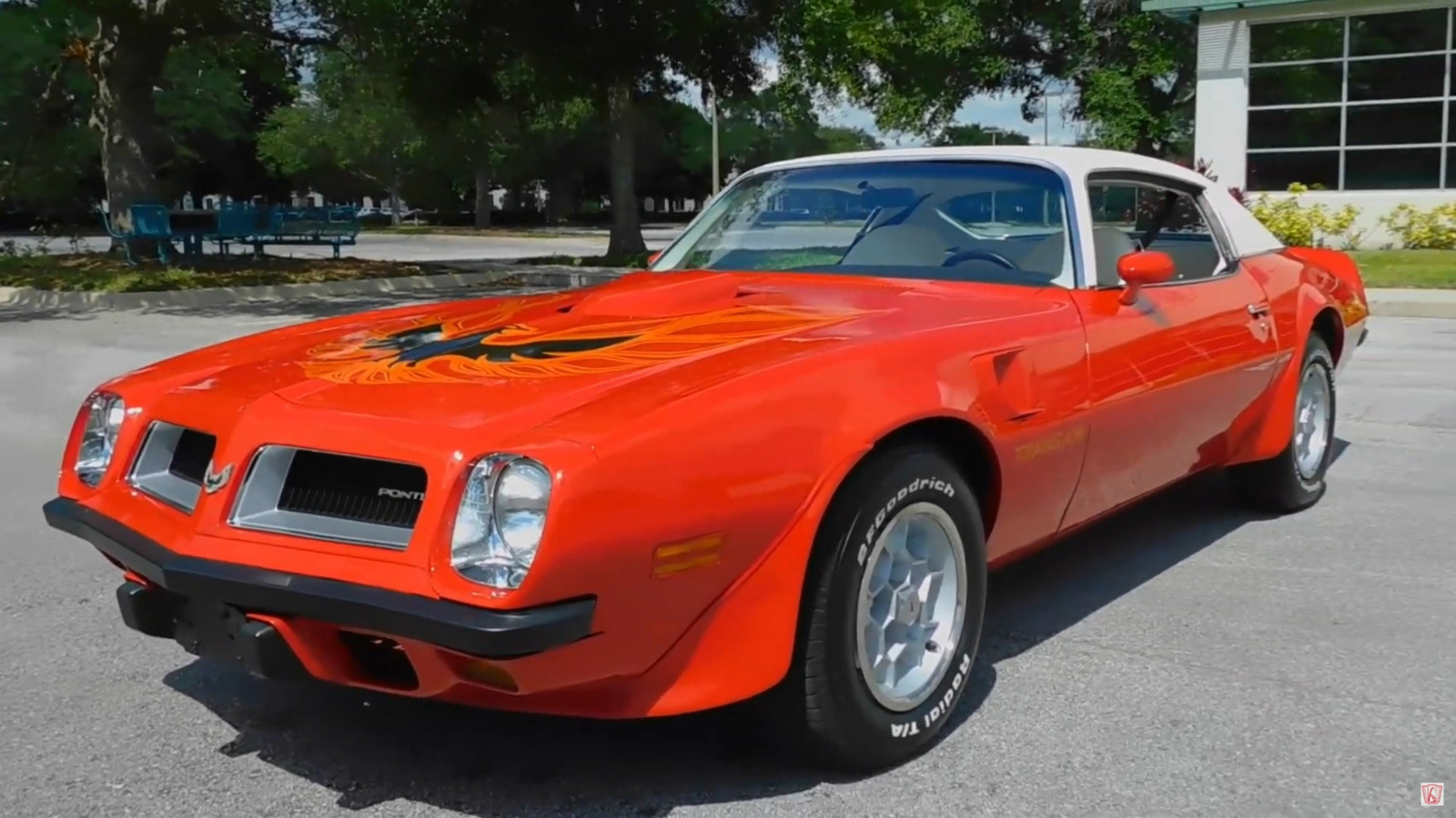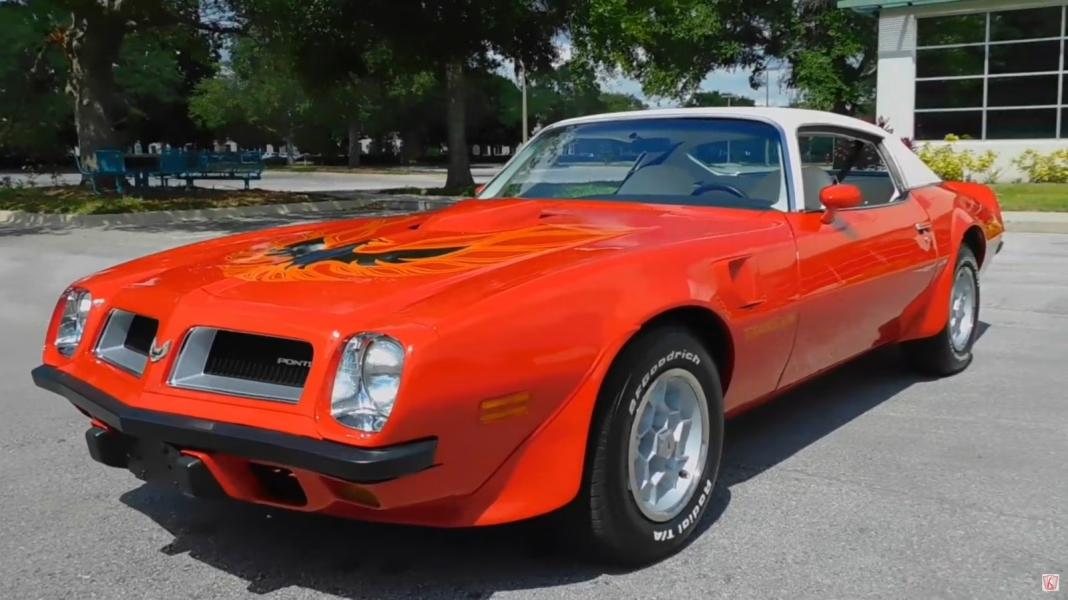What Made the Pontiac Firebird Trans Am Stand Out Among Muscle Cars?
Ask any muscle car enthusiast to name an icon, and the Pontiac Firebird Trans Am will almost always make the list. This car didn’t just show up—it made an entrance. With its aggressive lines, bold hood scoops, and that unforgettable screaming chicken decal, the Trans Am was more than transportation. It was a statement. But what really set it apart? Beyond the obvious style and raw horsepower, Pontiac managed to infuse the Trans Am with a sense of swagger that few rivals could match.
The Trans Am’s V8 engines were legendary, especially in the late 1970s when emissions regulations were squeezing the life out of most performance cars. Pontiac engineers found creative ways to keep the power alive, like the 6.6-liter V8 that delivered a throaty rumble and enough torque to pin you to your seat. And let’s not forget the pop culture boost—thanks to movies like Smokey and the Bandit, the Trans Am became a symbol of rebellion and cool.
Why Did Some Trans Ams Get Vinyl Roofs—and How Rare Are They?
Now, here’s a twist that surprises even seasoned collectors: a handful of Trans Ams rolled off the line with vinyl roofs. Wait, vinyl? On a muscle car? Yep. In the late 1970s and early 1980s, automakers were experimenting with ways to add a touch of luxury to their performance models. The vinyl roof, once a staple of big sedans and personal coupes, was Pontiac’s way of giving the Trans Am a dash of upscale flair.
But these weren’t mass-market options. Vinyl roofs on Trans Ams were rare—so rare, in fact, that spotting one at a car show is like finding a four-leaf clover. According to data from the Pontiac Historical Services, only a small fraction of Trans Ams left the factory with this feature, often as part of special dealer packages or regional promotions. For collectors, that scarcity translates to serious bragging rights.
What’s the Appeal of a Vinyl Roof on a Performance Car?
At first glance, a vinyl roof on a muscle car might seem like a mismatch. After all, the Trans Am was built for speed, not for lounging in the country club parking lot. But there’s something undeniably cool about the contrast. The vinyl top adds a retro vibe that harks back to the heyday of American car design, when personal expression was king and options lists were long.
For some owners, the vinyl roof is a conversation starter—a quirky detail that sets their car apart from the sea of T-tops and hardtops. It’s also a nod to the era’s obsession with customization. Back in the day, buyers wanted their cars to reflect their personalities, and a vinyl roof was one more way to stand out. Today, that same spirit of individuality is what makes these rare Trans Ams so desirable.
How Do Vinyl Roof Trans Ams Fare in the Collector Market?
If you’re eyeing a Trans Am with a vinyl roof, you’re looking at a true unicorn. These cars command attention not just for their rarity, but for their originality. In the collector world, authenticity is everything. A factory-installed vinyl roof, documented with original paperwork, can add a premium to the car’s value—sometimes by thousands of dollars, depending on condition and provenance.
Market data from classic car auctions shows that well-preserved, low-mileage Trans Ams with rare options consistently outperform their more common counterparts. That said, condition is key. Vinyl roofs are notorious for trapping moisture and causing rust if not properly maintained, so a pristine example is worth its weight in gold. Restoration experts recommend regular inspections and gentle cleaning to keep the vinyl looking sharp.
What Should You Look for When Buying One?
Thinking about tracking down a vinyl-roof Trans Am? Start with documentation. Original build sheets, window stickers, and dealer invoices are your best friends. These will confirm whether the vinyl roof was a factory or dealer-installed option. Next, inspect the roof closely for bubbling, cracking, or signs of rust underneath. If possible, get a professional appraisal—restoration costs can add up quickly if there’s hidden damage.
Don’t forget to check the rest of the car, too. Matching numbers on the engine and transmission, original paint codes, and intact interior trim all add to the car’s value and authenticity. And if you’re lucky enough to find one in survivor condition, consider preserving it rather than restoring. Sometimes, a little patina tells a better story than a showroom shine.
What’s the Real Legacy of the Vinyl Roof Trans Am?
The big takeaway? The Pontiac Firebird Trans Am with a vinyl roof isn’t about perfection—it’s about smarter adjustments. It’s proof that even icons can have a quirky side, and that sometimes, the rarest details are the ones that spark the most passion. Start with one change this week—maybe it’s learning more about your car’s history or tracking down a unique option—and you’ll likely spot the difference by month’s end. The result? Pure magic.


